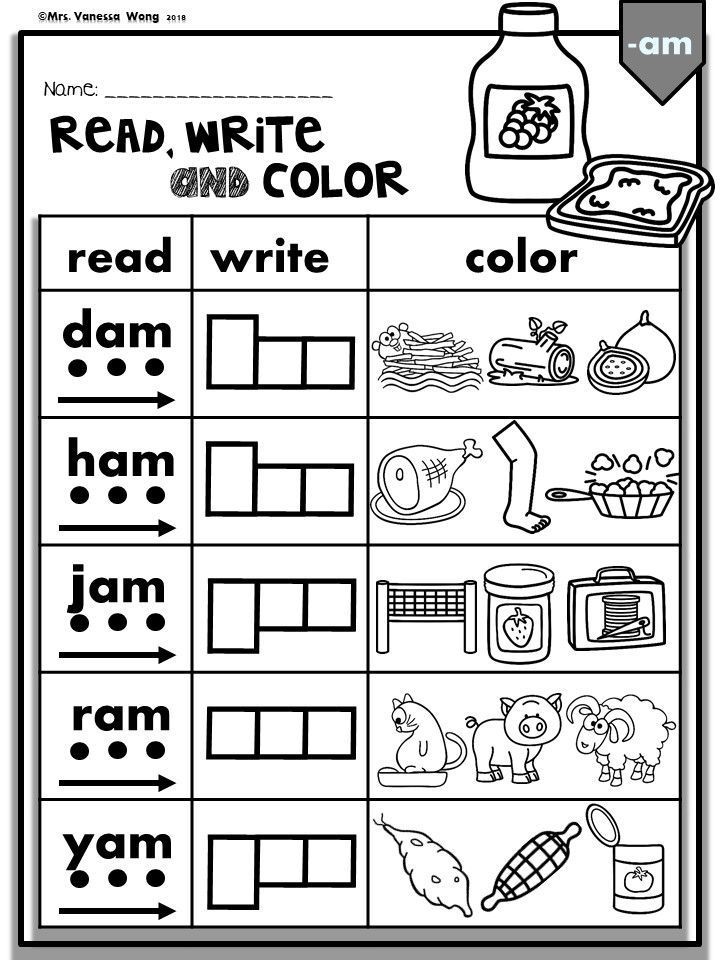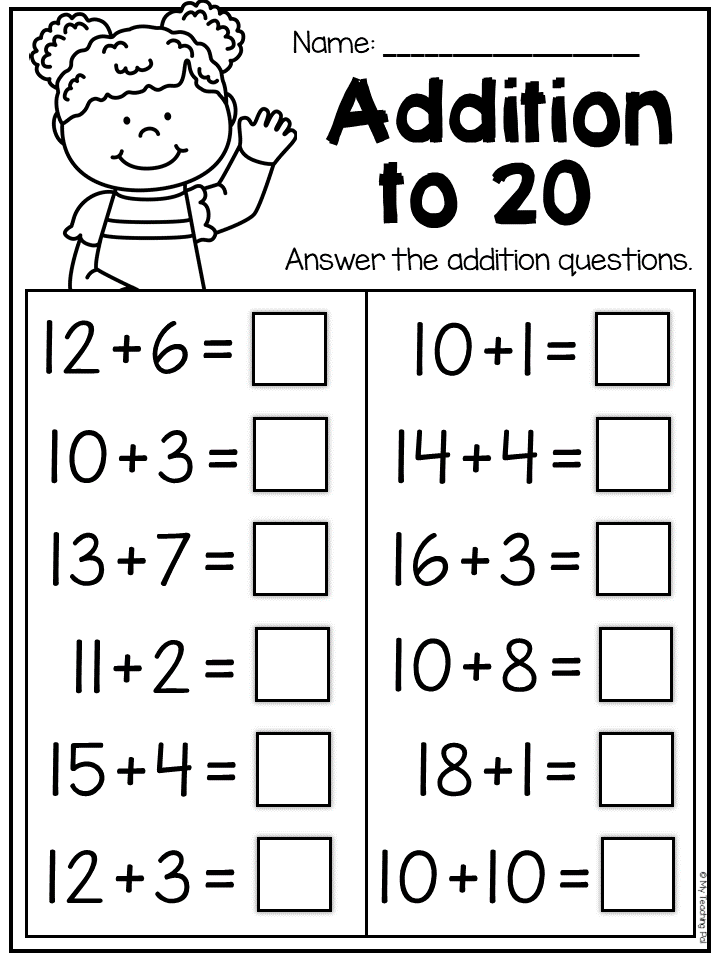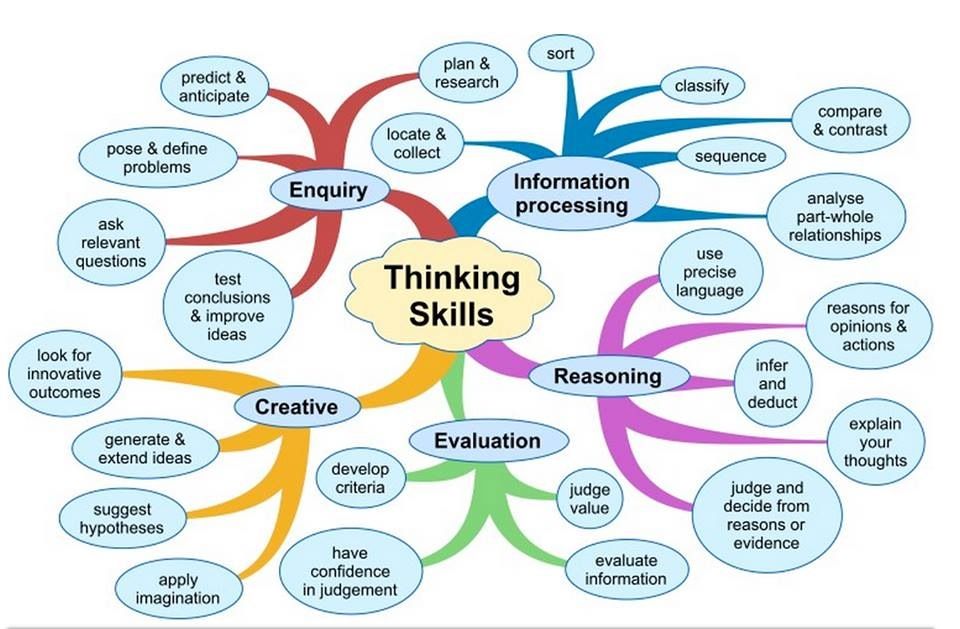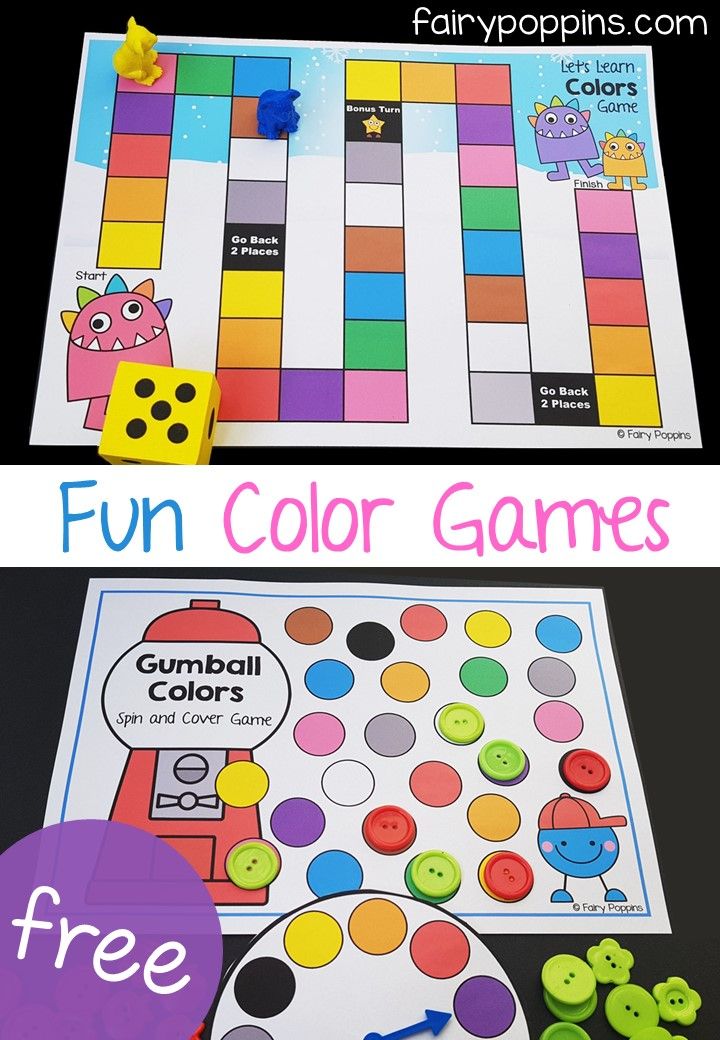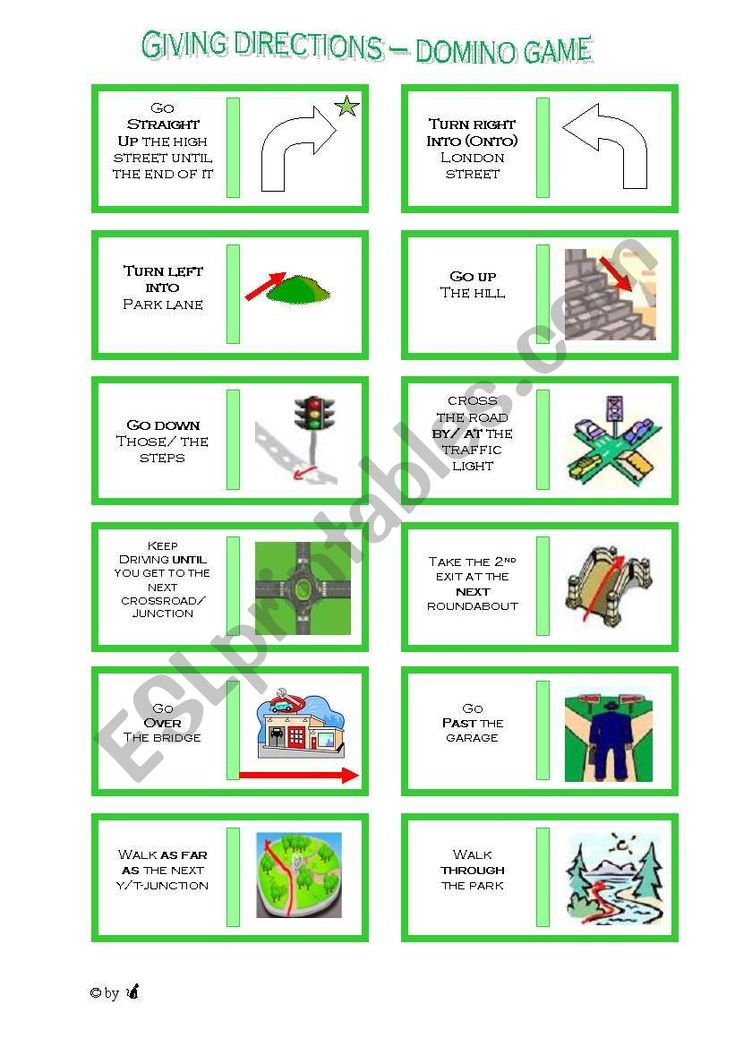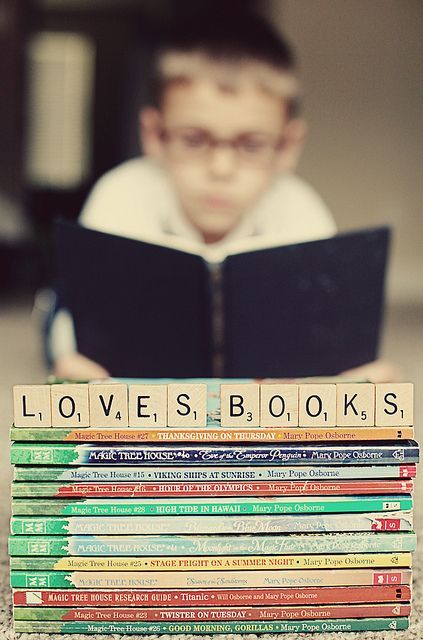Activities to teach phonics
26 Fun Phonics Activities and Games for Early Readers
Phonics is one of the five essential components of the science of reading, along with phonemic awareness, fluency, vocabulary, and reading comprehension. Phonics activities help young learners break words into their constituent sounds so they build their literacy skills, bit by bit. Here are some of our favorite ways to teach these key skills.
1. Sing a phonics song
Singing songs is such a fun and effective way to learn! Kids will love these phonics song videos and might not even realize they’re learning along the way.
2. Color in the beginning sounds
Most kids start learning phonics by mastering the beginning sounds of words. Have kids color in the words that start with the matching sound on these cute and free worksheets.
Learn more: The Measured Mom—Beginning Sounds Coloring Pages
3. Play a digital game
Looking for a gamified phonics activity? Try Duolingo ABC. It’s actually a comprehensive phonics curriculum for grades pre-K to 2, based on recommendations from the National Reading Panel, but it feels like a game. Just download the free app, and your students can learn letter sounds and decoding with fun, bite-size lessons.
Learn more: Duolingo ABC (free app)
4. Use Google Slides
Google Slides has tons of fun phonics activities kids can use in the classroom or at home. Find a big roundup of our favorites here.
5. Hang some anchor charts
When it comes to phonics, there’s a lot to learn. Post anchor charts around the room to help kids remember important rules like silent E, vowel blends, and hard and soft C and G. Find all our favorite phonics anchor charts here.
6. Build words with a chart of beginning sounds
Grab this free printable chart and print out copies for your students to use with their phonics activities. There’s a version for rimes too.
Learn more: This Reading Mama—Beginning Sounds Chart
7.
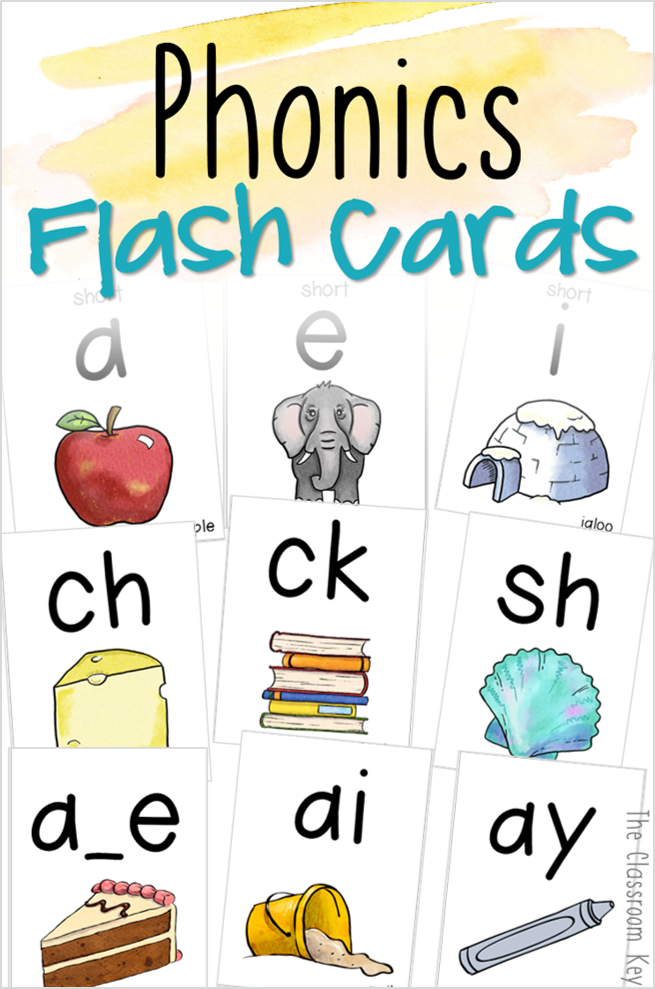 Learn digraphs with clip wheels
Learn digraphs with clip wheelsCombine fine motor skills practice with phonics work with these free beginning digraph wheels. Tip: Add small dots on the back to mark the right answers so kids can self-correct their work.
Learn more: Playdough to Plato
8. Slap the letter sounds
Sounding out words letter by letter is a lot more fun when you slap each letter with a flyswatter! This is a great idea for active learners.
Learn more: Frugal Fun 4 Boys
9. Walk the word
This one will also keep active learners moving and happy! Write words in sidewalk chalk, then walk (or hop or skip) along them, sounding the word out along the way. Simple but fun!
Learn more: Coffee Cups and Crayons
10. Fill in the missing letters
This active game combines a scavenger hunt with phonics! Hide sticky notes around the room with various vowels. Then, write CVC words with the vowels missing. Have kids hunt for the missing sounds and fill them in.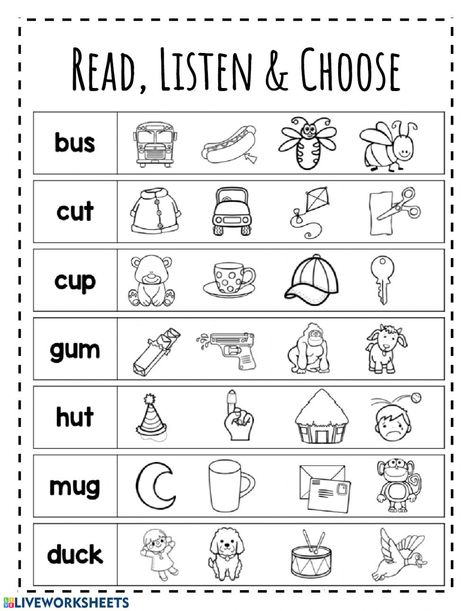 Fun!
Fun!
Learn more: Busy Toddler
11. Just swap one letter
As students move from box to box, they change one letter to make the new word represented by the picture. They might need to change the first, middle, or last letter, so it’s a real challenge!
Learn more: This Reading Mama—Just Swap One
12. Make magic spoons
Pick up a pack of plastic spoons at the dollar store, then use them to practice building words by combining beginning sounds with word endings.
Learn more: Education to the Core
13. Toss and blend with plastic cups
Grab a stack of plastic cups and some Ping-Pong balls for this fun phonics game! Label the cups with different letter blends and set them out (tape them down if they tend to fall over). Kids toss a ball into a cup, then come up with a word that uses that letter blend to earn a point.
Learn more: Education.com
14. Flip the pages
Divide the pages of a small notebook into thirds, then write letters on each page.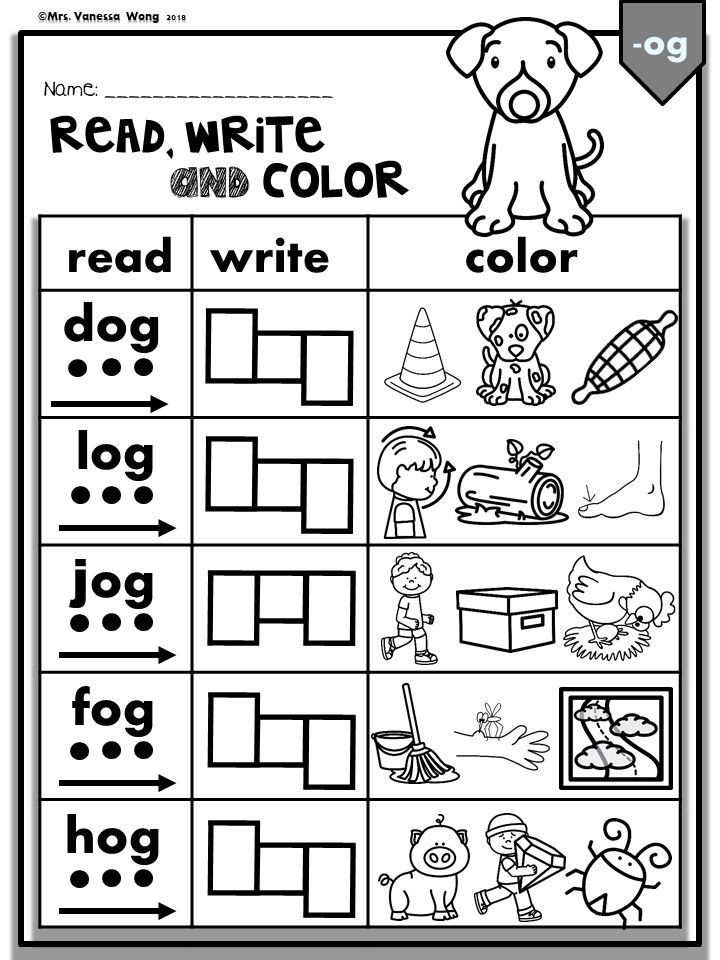 Flip them to form new words.
Flip them to form new words.
Learn more: Tickled Pink in Primary
15. Mix and match cups to make words
If you’ve still got some cups left over, label them with more letters or letter blends, then use them to mix and match words. This is an especially fun way to work on CVC and sight words.
Learn more: Inspired Elementary
16. Hack pool noodles into phonics tools
This has got to be one of our favorite phonics activities. Cut a pool noodle into pieces and label it with letters. Then stack and spin for learning fun!
Learn more: Pool Noodle Phonics
17. Make some phonics cubes
Slide the free printable inserts into a set of photo cubes, then roll until you get the correct combination of letter and word ending.
Learn more: This Reading Mama—Phonics Cubes
18. Use paint stirrers to make word pull-outs
These clever phonics tools are easy to make using paint stirrer sticks and paper towel tubes.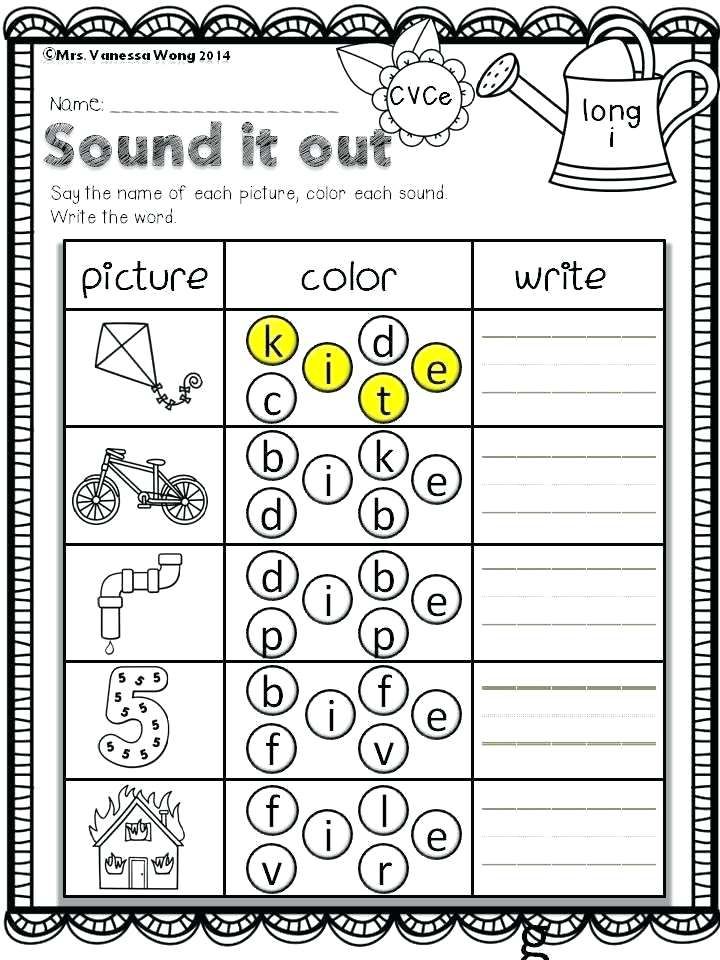 Simply slide the stick in and out to make new words!
Simply slide the stick in and out to make new words!
Learn more: I Can Teach My Child
19. Play a flip-top phonics game
If you go through packages of wipes like most parents do, you’ll appreciate this idea. Save the flip tops and use them for DIY phonics activities.
Learn more: No Time for Flash Cards
20. Use a pocket chart for phonics activities
Here’s another reason teachers love pocket charts: They’re great for phonics centers. Sort and match cards to practice beginning sounds, blends, short and long vowels, and so much more.
Learn more: Miss Giraffe’s Class
21. Compete at Blends and Digraphs Bingo
Every kid loves a good game of bingo! Snag these free printable bingo cards and use them to practice blends and digraphs.
Learn more: The Measured Mom—Blends and Digraphs Bingo
22. Toss some phonics water balloons
This one almost seems too fun to count as learning! Tape up beginning sounds, then toss water balloons to complete the words.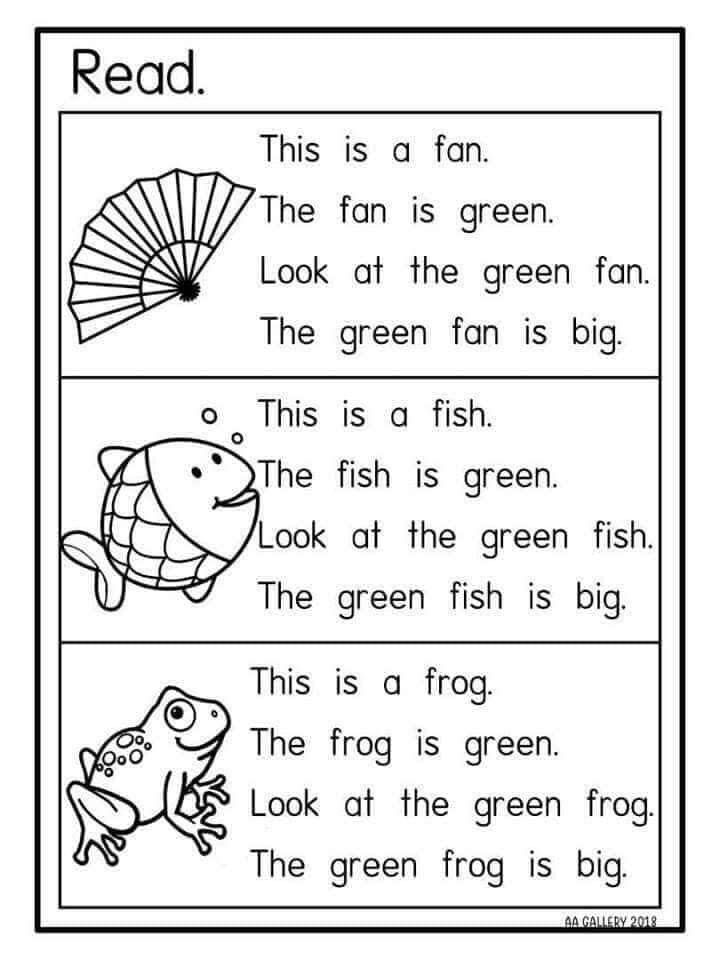
Learn more: Mess for Less
23. Race to the Top with blends and digraphs
Play this free printable game to practice consonant blends. Toss a chip onto the board and say that word out loud. Then move the counter for the correct blend up one space. First to the top wins!
Learn more: This Reading Mama—Blends and Digraphs Games
24. Try locks and keys to learn phonics
This self-correcting phonics activity is also a good way to practice fine motor skills … and a lot of fun to boot! Label keys with beginning sounds and locks with word endings, then match them up and try the key to see if you’re right.
Learn more: Unlock and Learn Games
25. Play Phonogram Connect Four
Draw a word card and find an open phonogram slot on the board. Your goal is to get four in a row!
Learn more: Mrs. T’s First Grade Class
26. Teach them the Soft C & G Chant
Simple little chants like this will help kids remember some of those confusing language rules. Pair it with other favorites like “I before E, except after C.”
Pair it with other favorites like “I before E, except after C.”
Learn more: This Reading Mama—Soft C and G
Looking for more phonics activities? Learn What Makes a Good Decodable Text here.
Get all the latest teaching tips and ideas straight to your inbox when you sign up for our free newsletters!
25 Fantastic Phonics Activities for Kids
Build your collection of phonics resources with these 25 fantastic phonics activities. Rather than attempting to explain confusing language rules, try devising a unique learning experience that allows students to gradually be exposed to the rules and structures that make up sounds.
Allow your future phonics lessons to be guided by our fun ideas below!
1. Phonetic Spelling Activity
This activity is intended on aiding learners in the area of phonics recognition and overall reading fluency. Spelling words phonetically really help your learners sound out and pronounce a word whilst forgetting about conventional spelling rules.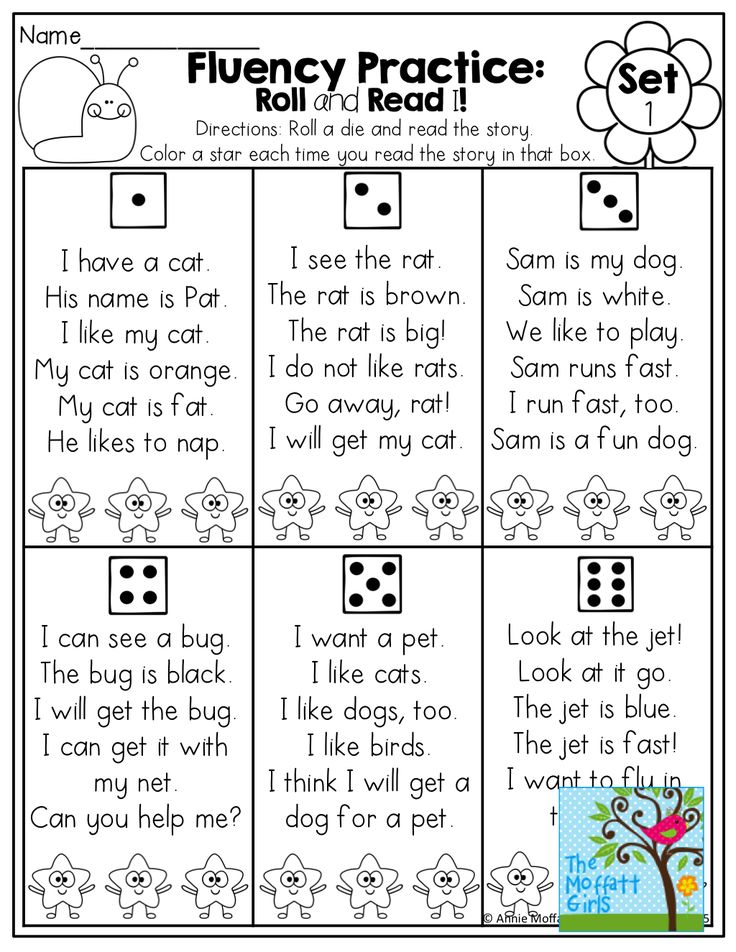
Learn more: Very Well Family
2. Play Dough Phonics Mats
This mess-free activity affords students an opportunity to craft 3D letters- what bright ideas! They are guided in how to form them with the help of their very own play dough mat which depicts the outlines of letters well.
Learn more: Education to the Core
3. Rainbow Hop
This easy-to-organize activity helps build sound and letter recognition and is a fun way to get your children warmed up and in the mood for learning.
Learn more: Fun Learning for Kids
4. Sound Cups
Label 26 cups with a different letter of the alphabet. After collecting an assortment of small objects ask your child to sort the objects by placing them into the correct cups.
Learn more: Pre-Kinders
5. Spin and Rhyme
This spin and rhyme are wonderful for learning how to sound out phonics and combine them to form words. Challenge the learners to create a silly rhyme and come up with a similar-sounding word.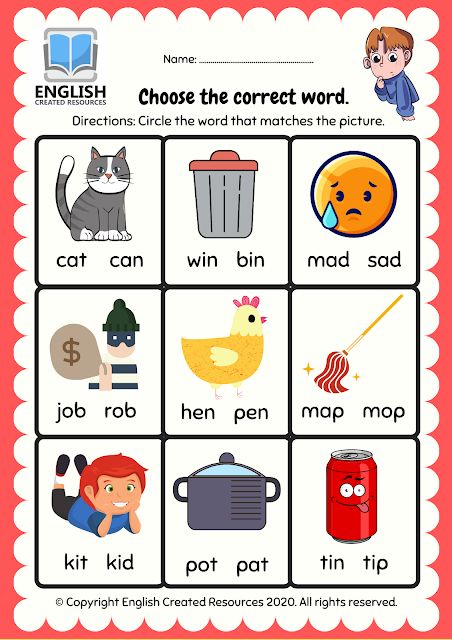
Learn more: No Time For Flash Cards
6. Four In a Row
The perfect activity for pairs! Each learner receives a different colored pen marker and takes turns coloring in a picture once they've said the word. The first to find 4 in a row that begin with the same letter or have the same sound, wins.
Learn more: The Measured Mom
7. Alphabet Ball
The perfect activity for pairs! Each learner receives a different colored pen marker and takes turns coloring in a picture once they've said the word. The first to find 4 in a row that begin with the same letter or have the same sound, wins.
Learn more: Hands-On As We Grow
8. Stretch It Out
In order to help learners better pronounce a word, we should encourage them to stretch it out, first sounding the letters individually before blending them together.
Learn more: Hands-On As We Grow
9. Kaboom
Kaboom is a simple activity that is useful in solidifying phonics knowledge and increase vocabulary.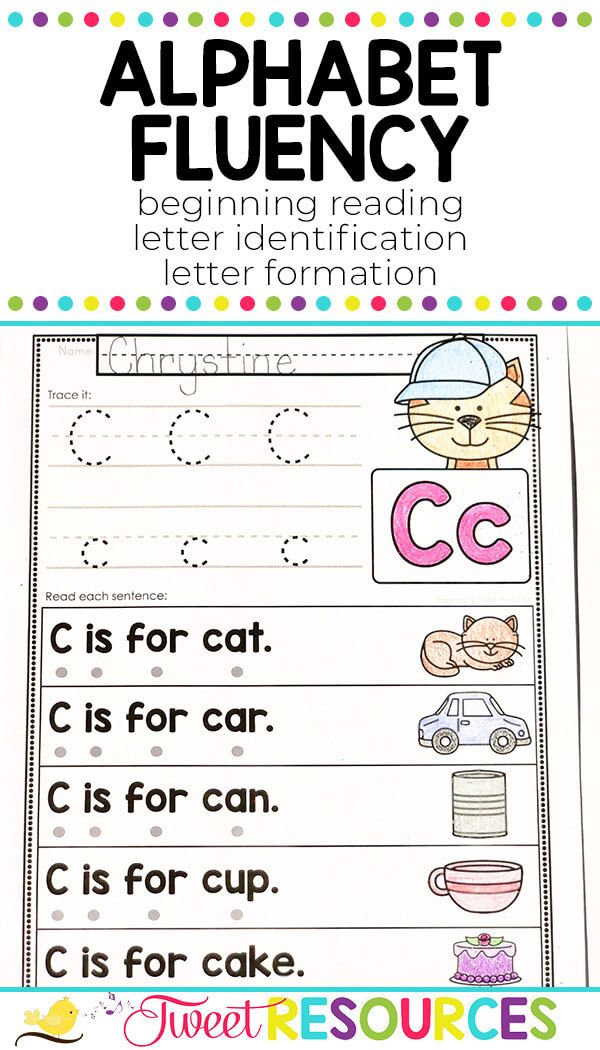 Ice cream sticks with letters written on one end are placed inside a cup. They are then pulled out and students are prompted to think of a word beginning with that letter.
Ice cream sticks with letters written on one end are placed inside a cup. They are then pulled out and students are prompted to think of a word beginning with that letter.
Learn more: Fun Learning for Kids
10. Which One Doesn't Belong
Build phonological awareness by asking your learner to look at the card and specified letter. They then need to make a decision on which picture doesn't belong and explain what letter the wrong item begins with.
Learn more: Teachers Pay Teachers
11. Phonics Hopscotch
Take learning out onto the playground or even into your driveway at home. Have your students correctly sound out the letters or phonics combinations in the squares they land on, before hopping onto the others.
Learn more: Reading Eggs
12. Letter Sound Race
This works well as an in-class competitive activity in which teams race to select the letter or phonics combination.
Learn more: Inspiration Laboratories
13.
 Phonics Hunt
Phonics Hunt Build phonemic awareness by hosting a phonics hunt around the house. This active game is sure to make online learning more fun by getting students up and out of their seats.
Learn more: Very Well Family
14. Phonics Discovery Bottle
This I-Spy game encourages students to shake the bottle and describe the trinket or toy they see by telling their partner what letter the object starts with. The partner should then guess the object correctly before their turn begins- what a fun game!
Learn more: The Imagination Tree
15. Write the Room
These write-the-room activities are the perfect print resource for classroom teachers! This engaging resource requires students to utter the sound a picture starts with and then proceed to mark it off on their activity sheet.
Learn more: ABCs of Literacy
16. Mystery Mitten Matching
Phonics learning is embedded in this simple matching activity. Hide a foam letter or magnetic letter under a mitten and call out 4 words that start with the letter.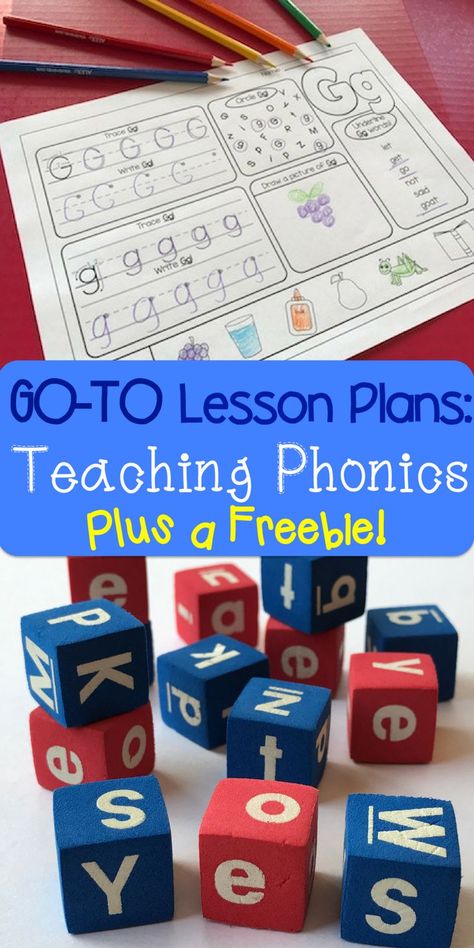 Students should listen and say the sound they heard repeated. Then ask the learners if they can further guess the letter.
Students should listen and say the sound they heard repeated. Then ask the learners if they can further guess the letter.
Learn more: Growing Book By Book
17. Play in Pairs Phonics Activity
Individual lessons in phonetics - 156 tutors. The cost of classes from 500 ₽/hour
🥇 The best of the best
💻 Experienced phonetics specialists — 156
🔒 Secure payment
💸 No commission
Excellent
all reviews
individual phonetics lessons with our specialists
Dmitry
Moscow & online
Victoria
Bataysk & online
Ekaterina
Makhachkala & online
Irina
Moscow & online
Valeriya
Krasnodar & online
Uliana
Volgograd & online
Oleg
Moscow & online
Olga
Voronezh & online
Sofia
Moscow & online
Anna
Voronezh & online
Ekaterina
Krasnogorsk & online
Valeria
Khabarovsk & online
View all teachers
Learning something new has never been so easy
FAQ
💰 What is the average cost of phonetics classes?
The average cost of individual lessons in phonetics is 670 rubles.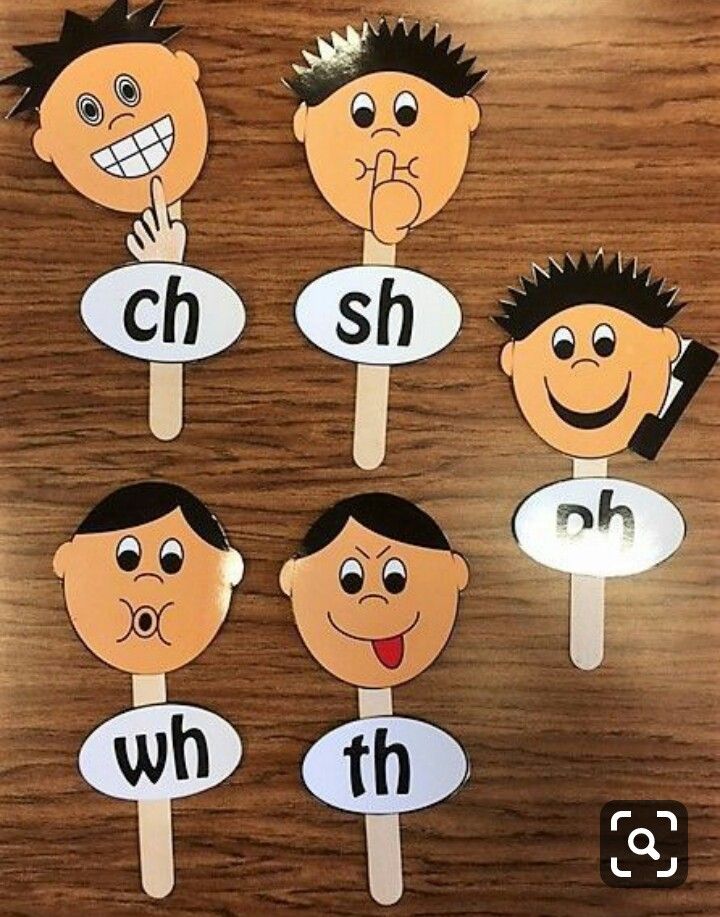
It may depend on:
- the experience of teaching the subject
- the location of the lesson (in-person or online) or the region
- the frequency and duration of the lessons
97% of teachers give the 1st lesson free of charge.
Find out the cost of classes from the teachers who are near you.
💡 Why sign up for phonetics classes?
Phonetics classes with an experienced teacher is an opportunity to start progressing as quickly as possible.
Choose a teacher and schedule an in-person or online class. The choice is yours!
In the chat, you can easily discuss all the details of the lesson with the teacher.
Our search engine will help you find a teacher who is 100% suitable for you.
Find your ideal teacher in 1 click.
💻 Do private phonics teachers offer classes online?
Most phonetics teachers offer classes in phonetics online
Take a look at the ads, or simply select "online classes" in the search bar to get a complete list of phonics teachers who teach classes online.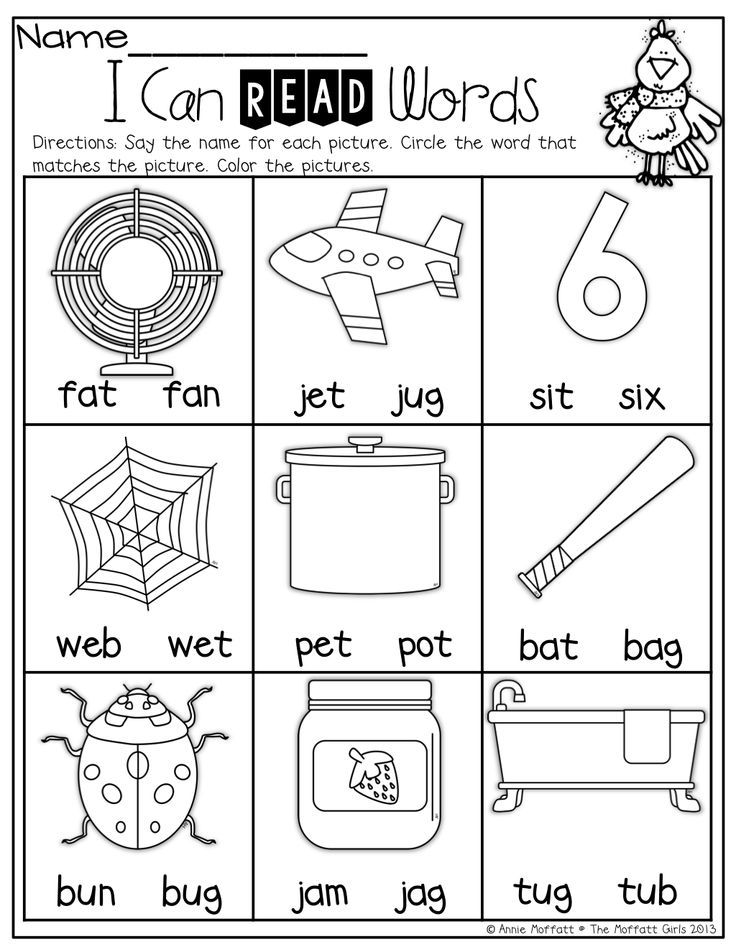
🎓 How many private teachers are ready to start phonetics classes in the near future?
156 private phonetics teachers are ready to teach you phonetics.
Check out their profiles and choose the one that best suits your criteria.
Choose your ideal teacher from 156 profiles.
✒️ What is the average grade for private phonics teachers?
Based on 32 ratings received, the average rating is 5.0 out of 5.
If something goes "wrong", then our support service will promptly resolve all issues. Write to us! We are available from Mon to Fri from 10:00 to 18:00.
Analyze student feedback for every item.
What do you want to learn?
Choose a phonetics teacher that suits you 100%!
View all teachers Go!
City
Barnaul Chelyabinsk Yekaterinburg Khabarovsk Izhevsk Kazan Krasnodar Krasnoyarsk Moscow Nizhny Novgorod Novosibirsk Permian Samara St. Petersburg Tolyatti Tyumen Ufa Volgograd Voronezh Online
Subject
USE in Literature USE in Russian Literature OGE in Literature OGE in Russian Oratory Poetry Spelling Russian language speed reading creative writing Foreign literature
Country
Argentina Australia Austria Belgium Brazil Chile Costa Rica Denmark Flanders France Germany hongrie India Indonesia Ireland Spain Italy Canada Colombia Luxembourg Malaysia Mexico Netherlands Nigeria Norway New Zealand Perou Poland Portugal Saxon Switzerland Sweden Switzerland USA Turkey Ukraine Uruguay Great Britain Japan South Africa South Korea
Constellation of excellent students - Phonetic exercises.
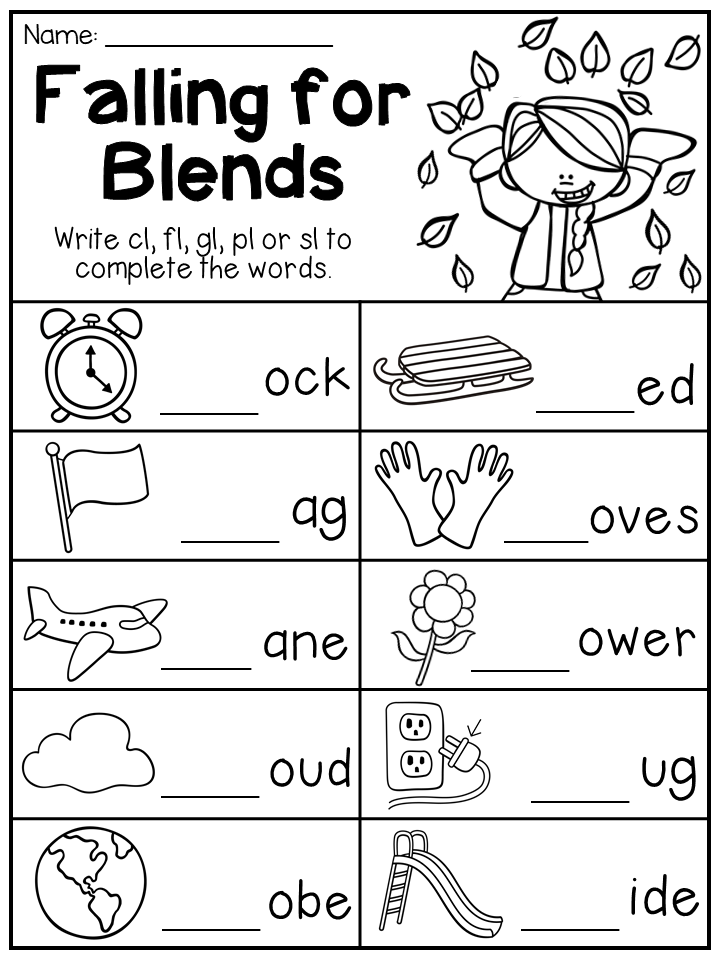 Grades 3-4
Grades 3-4 Phonetics and graphics section
Skill: distinguish between sounds and letters.
1. Underline the words that have more sounds than letters.
1) Lions only eat raw meat.
2) Ira is planting a cherry,
Eva is playing with a hedgehog,
Masha is waving her hand to me,
Yana is building a house with a chimney.
3) Explain, Elena, Tatyana, belt, nursery, old, battle.
2. Underline the words that have fewer sounds than letters.
Lion cubs, blizzard, starry, saucer, train, happiness, coin.
3. Underline the words in which the number of sounds and letters is the same.
Sheep, honest, Ulyana, basket, volume, winter, streams, gurgling.
4. Consider the sound composition of words. Think about the principle by which the words are chosen and cross out 1 extra word in each line.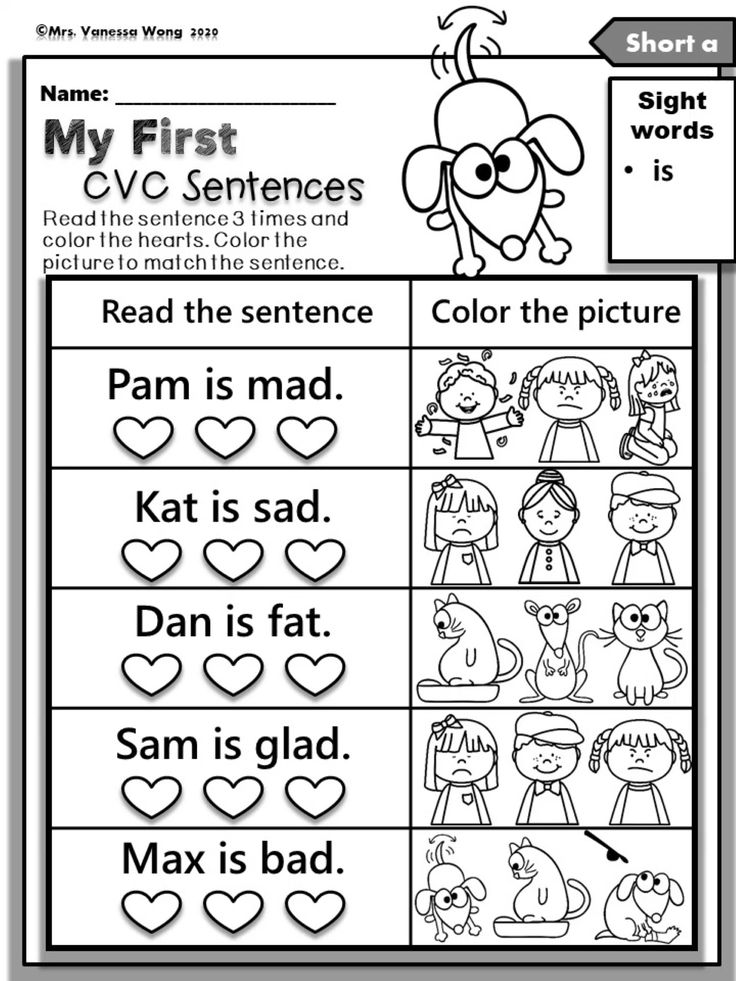
Letter, stranded, famous, calculator, spruce forest.
Pit, July, blizzard, piano, apple tree, warm.
5. Valya wrote out words in which there are an equal number of sounds and letters, and Varya wrote out words in which there are more letters than sounds. Determine who wrote what word. Match the words with the girls' names.
Valya Varya
Entry, feelings, day, water, skates, sad, student, hello.
Ability to distinguish between vowels and consonants.
Mark the row in which all words begin with a consonant sound.
1) □ radio, spinning top, deer, beehives;
□ notebook, foot, album, figure;
□ spruce, bed, cake, iodine;
□ parrot, frost, electricity, cheek.
2) □ Yana, porch, farm, play;
□ raccoon, skirt, food, hedgehog;
□ excavator, turkey, acorn, devil;
□ lynx, tiger, thrush, oriole.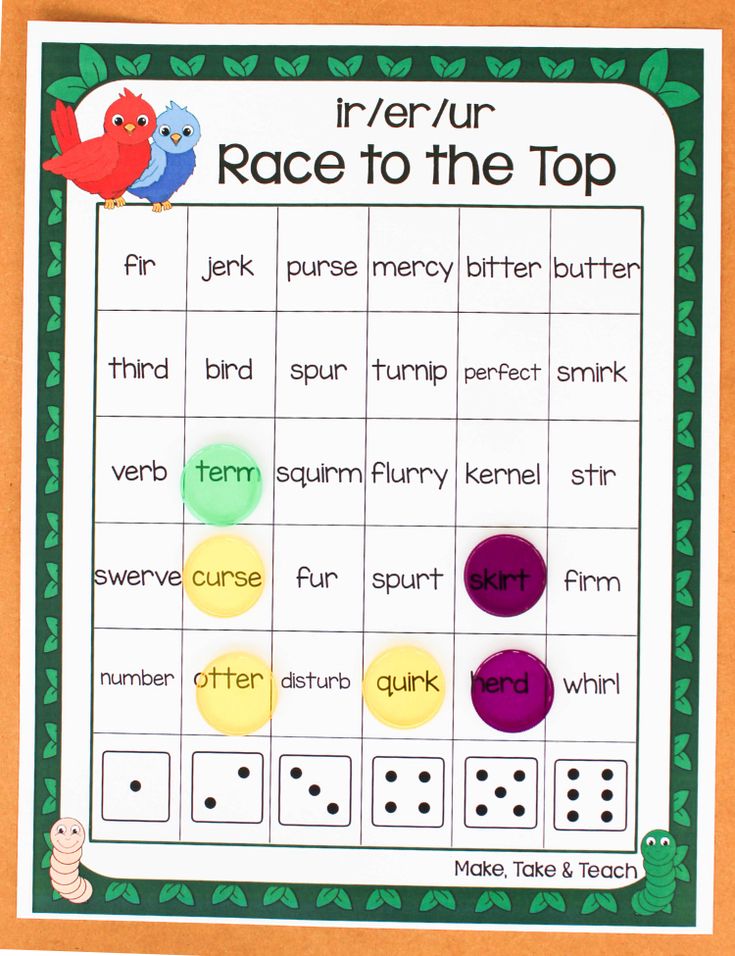
Underline the words that have more consonants than vowels.
Master, Alice, electricians, acorns, enlarge, ruler.
Arithmetic, friend, model, diameter, egg, sugar.
Mark the row in which all words begin with a vowel.
□ antelope, jaguar, yogi, needle;
□ tamer, raisins, screen, perch;
□ plum, window, arena, dill;
□ mountain, desk, branch, army.
Underline the words that have more vowels than consonants.
Scientist, acrobat, cocoa, aquamarine, beehives, results.
Underline all words in the text that begin with a vowel.
Yulia found a little kitten in the yard. She took him into the house, gave him milk to drink, fed him a cutlet. The kitten ate and began to wash. He stayed in the house. The girl named him Yasha.
By autumn the kitten has grown up. Yasha became a big cat. Julia loved to play with him.
Write the words in two columns: in the first column - words that begin with a vowel sound, in the second column - words that begin with a consonant sound.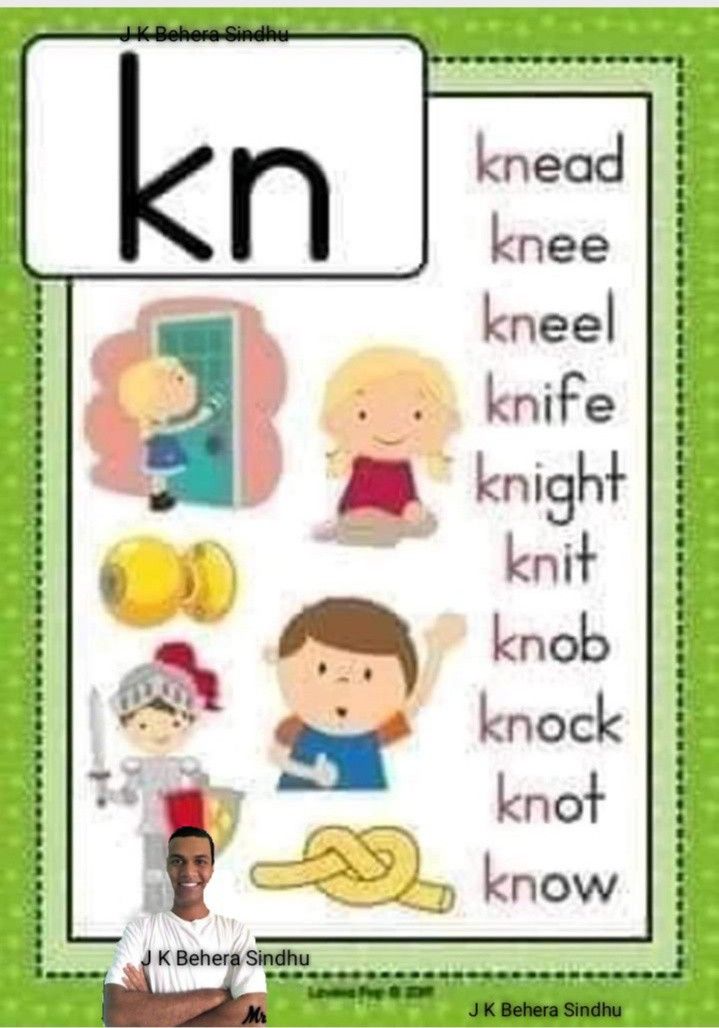
Humorist, echo, discovery, triangle, gypsy, tool, note, charcoal.
Count how many consonants are in this sentence.
1) If you lived near a blackberry,
This means that blackberry jam is familiar to you. _______ sol. sound
The eyes of a gazelle stare at a beaver from behind a spruce. ______________ acc. sound
Barely Lena ate,
She didn't want to eat out of laziness. ___________ acc. sound
Evgeny's family happily celebrated housewarming ______ acc. sound
How many sounds [a] in this tongue twister.
Walks in a black furrow
Raven follows the harrow
And, squinting, pecks quickly
Thrown grains into the ground.
Ability to distinguish between hard and soft consonants.
Mark the row in which all words begin with a soft consonant.
1)□sister, tag, pottery, willow;
□ giraffe, fox, pencil case, chandelier:
□ people, stranded, fork, width;
□ single, stump, tit, cubs.
2)□ wild rose, tower, inhabitant, brush:
□ bream, beggar, stubble, watch;
□ honor, things, bricks, bread;
□ winter, lawyer, oven, sewing.
Underline the words in which all consonants are soft.
Wider, stove, thicket, inhabitants, cunning, chanterelles, siskins, village, things, young man.
Underline the words in which all consonants are hard.
Samovar, wrinkle, belly, figure, grove, barrel, watch, oil, mice, silhouette.
Underline the words that contain the sound [z].
Vityaz, kingfisher, frost, winter, frost, splinter, sled, slide, load, knot.
Count how many soft consonants are in the sentence.
Elena Yurievna bought stockings and cups for Yanochka. __________ soft acc. sound
Analyze the consonant sounds in the words, think about the principle by which these words are chosen and find the excess.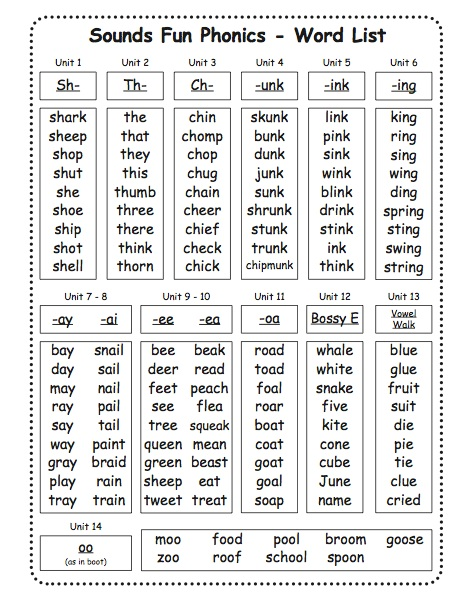
Pantry, cold, gait, thorns, water, doctor, voice, cup, alive.
Turn green, sorrel, family, animal, ash, nine, jelly, drink, thicket.
Indicate the word in which the second sound is a soft consonant.
□ snake □ earrings □ stage □ plum
Underline 2 words that have 4 soft consonants.
Married, theft, flowers, little fish, rulers, strong.
Indicate two words in which the number of soft and hard consonants is the same.
□ wish □ radish □ white □ live
Ira wrote down words in which the number of hard consonants and soft consonants is the same. Mark the words that Ira wrote out erroneously.
□ tame □final □clear □point □successful
Skill: distinguish between voiced and unvoiced consonants, paired and unpaired.
Mark the words in which all consonants are voiced. too □ error □ flower
Tanya and Vanya wrote out the words.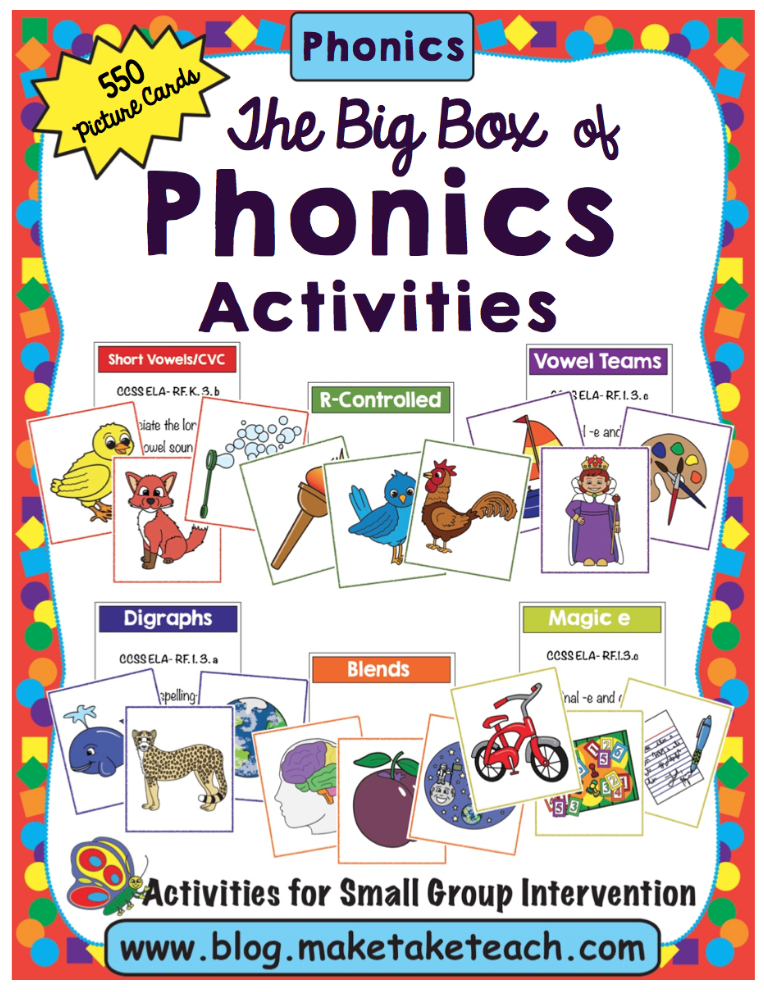 Consider the sound composition of these words and find out by what principle the children chose the words, mark the desired answer.
Consider the sound composition of these words and find out by what principle the children chose the words, mark the desired answer.
Tanya: kite, collar, made, tree, carrot, ran away.
Vanya: millet, film, Tuesday, flowers, insert, pike.
Answer.
Tanya's choice.
□ all words begin with a voiced consonant
□ all consonants in words are voiced
□ all consonants in words are voiceless
□ all words start with a voiceless consonant
Vanya's choice.
□ All words begin with a ringing consonant
□ All consonants in words are voiced
□ All consonants in the words are deaf
□ all words begin with a deaf consonant
9000 9000
Assemble consonants in the sentences. Do they have words with voiced consonants? Underline these words.
A cat sharpens its claws on a mouse.
Our Mishka cooked porridge from a cone for a baby.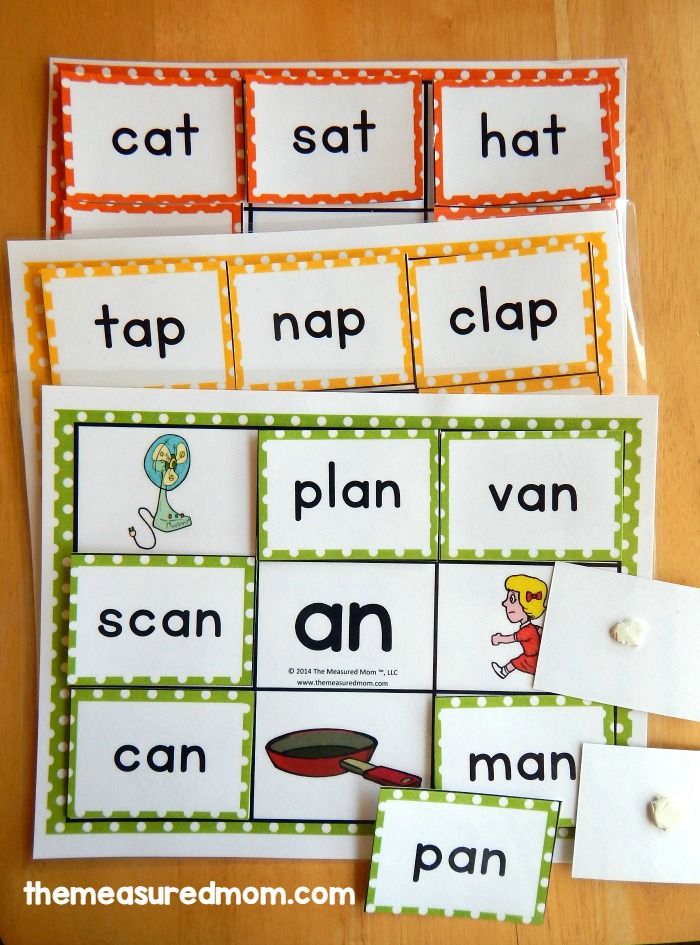
Underline in the sentence the words in which all consonants are unpaired.
Dairy products rich in calcium are very healthy.
Underline in the sentence the words in which all consonants are paired.
Fluffy dandelions, yellow-eyed daisies and pink porridge sway in the wind.
Skill: to characterize a given sound.
Read the words.
Paper, ball, teeth, dove, oak.
Emphasize the word in which the letter B denotes the sound with the following characteristic, enter the missed sound:
b - [] - consonant, steam deaf, pair of soft 9000 9000 9000 Take the correct statement of the proper statement of the SB spruce:
□ first sound vowel
□ first sound soft consonant
□ The second sound is solid consonant
□ The second sound soft consonant
□ The second sound vowel shock
9000 9000 9000 9000 Read the word: crust, midge, digit, digit, digit a cup.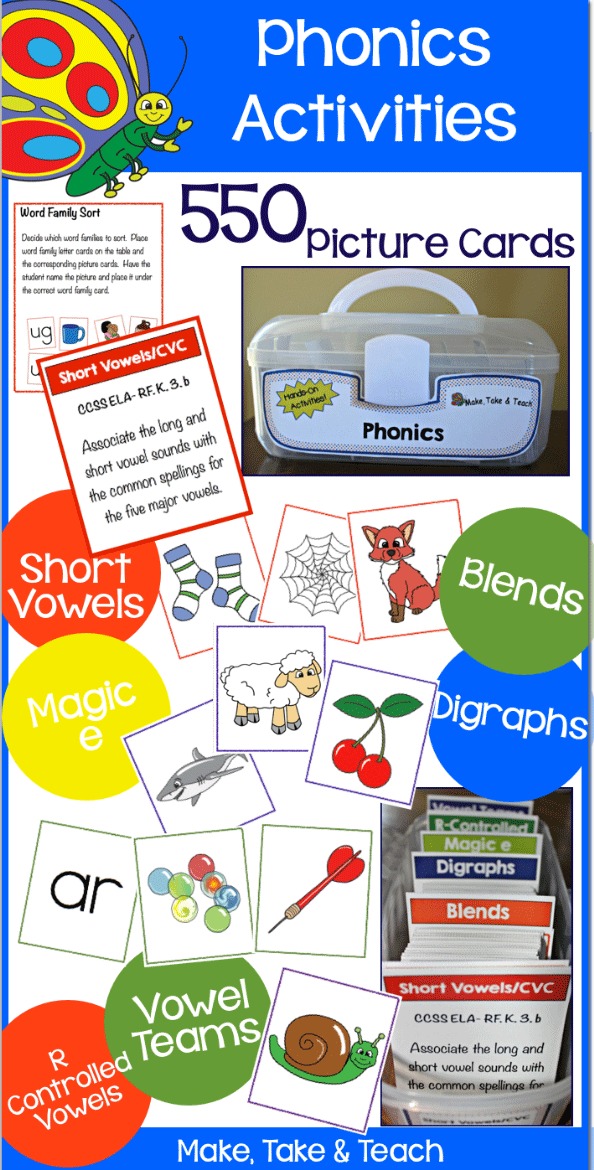
Underline the word that corresponds to this sound characteristic:
1 sound - consonant, hard unpaired, deaf unpaired
2 sound - vowel, stressed
3 sound - consonant, hard paired, deaf paired
4 sound - consonant, voiced unpaired, hard paired
5 sound - vowel, unstressed
cross out 2 words that do not correspond to this sound characteristic
Zero, hurts, knapsack, prays, ray.
Sound characteristic:
1 sound - consonant, paired hard, unpaired voiced
2 sound - vowel, stressed
3 sound - consonant, paired soft, unpaired voiced
4 sound - vowel, unstressed
5 sound - consonant, paired hard, paired voiceless
[l and s and] [l 'and s' th' and ] [l' and s' and ]
Skill: to group sounds according to a given basis.
Write these sounds on the correct line:
[ s' ] [ y' ] [u' ] [ y ] [h' ] [ b ] [ n ] [h' ] [ g ] [ and ] [ c ] [ e ]
Vowels _______________________________________
Voiced consonant sounds _______________________________________________
Voiceless consonant sounds _______________________________________________
Look at the rows of sounds in each line, cross out the extra one, explain your choice in the line below.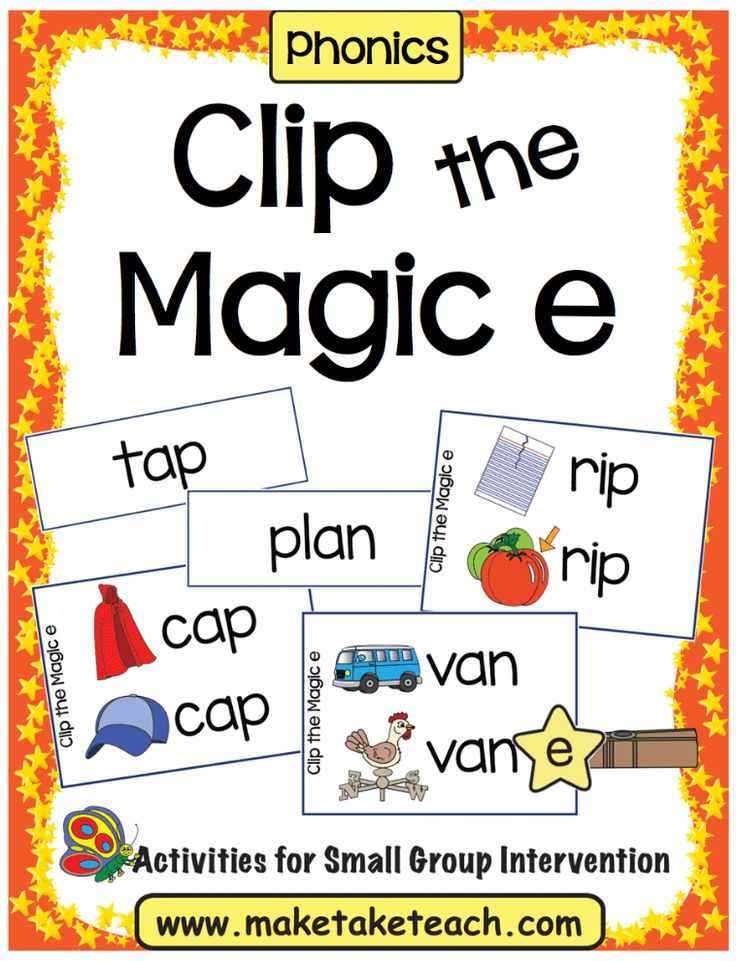
[w'] [w'] [c'] [b'] [g'] [m']
Extra sound [ ] because it is _______________________
[ l ] [ m ] [ f ] [ r ] [ b ] [ c ] [ n ] c'] [x] [k] [b'] [g] [d']
An extra sound [] because it is _______________________
Consider the rows of sounds in each line, determine the pattern, continue the line.
[ u' ] [ h' ] [ c ] [ x ] [ p ] [ ] [ ] [ ]
[ f ] [ y' ] [ h ' ] [ w ] [ ] [ ]
Answers:
Ability: to distinguish between sounds and letters.
1. Underline the words that have more sounds than letters.
Eaten raw.
Plants, Eva, with a hedgehog, plays, with his hand, Yana, with a pipe.
Elena, belt, nursery, battle.
2. Underline the words that have fewer sounds than letters.
Lion cubs, saucer.
3. Underline the words that have the same number of sounds and letters.
Sheep, Ulyana, basket, volume, winter, streams.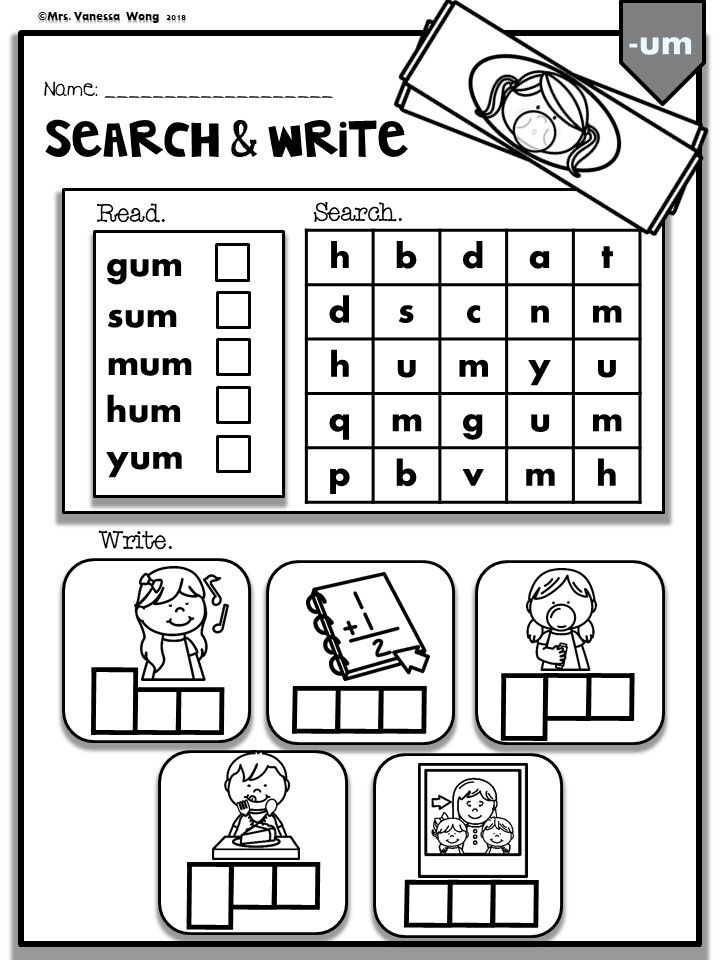
4. Consider the sound composition of words. Think about the principle by which the words are chosen and cross out 1 extra word in each line.
spruce forest
piano
Determine who wrote what word. Match the words with the girls' names.
Valya: entry, day, water, student.
Varya: feelings, skates, sad, hello.
Ability to distinguish between vowels and consonants.
Mark the row in which all words begin with a consonant sound.
1) □ spruce, bed, cake, iodine;
2) □ raccoon, skirt, food, hedgehog;
Underline the words that have more consonants than vowels.
Master, electricians, ruler.
Friend, model, diameter, egg, sugar.
Mark the row in which all words begin with a vowel.
□ tamer, raisins, screen, perch;
Underline the words that have more vowels than consonants.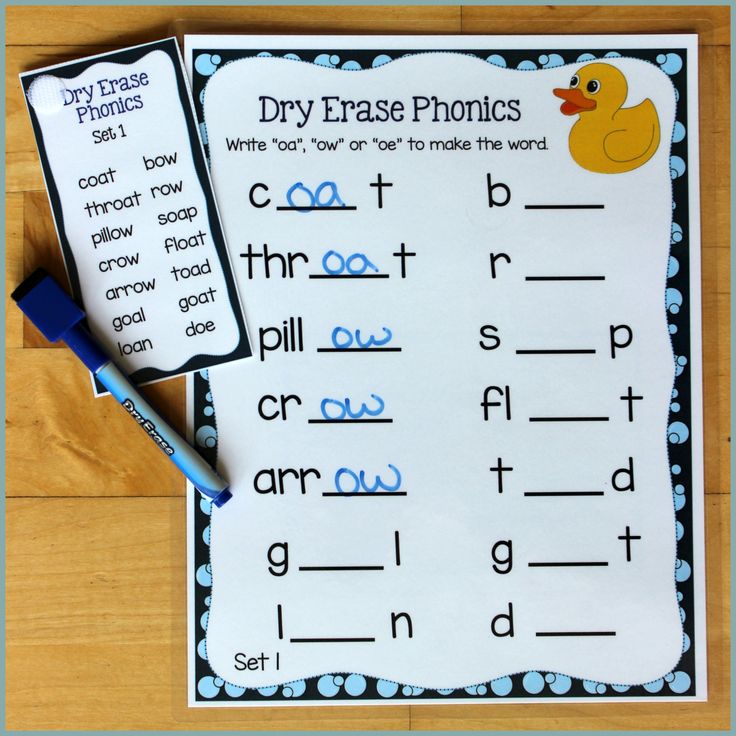
Cocoa, totals.
Underline all words in the text that begin with a vowel.
Yulia found a little kitten in the yard. She took him into the house, gave him milk to drink, fed him a cutlet. The kitten ate and began to wash. He stayed in the house. The girl named him Yasha.
By autumn the kitten has grown up. Yasha became a big cat. Julia loved to play with him.
Write the words in two columns: in the first column - words that begin with a vowel sound, in the second column - words that begin with a consonant sound.
1 column: echo, opening, tool, coal.
2 column: humorist, triangle, gypsy, note.
Count how many consonants are in this sentence.
1) If you lived near a blackberry
, then blackberry jam is familiar to you. _sol. 38 sound
The eyes of a gazelle stare at a beaver from behind a spruce. __19 acc. sound
Barely Lena ate,
She didn't want to eat out of laziness.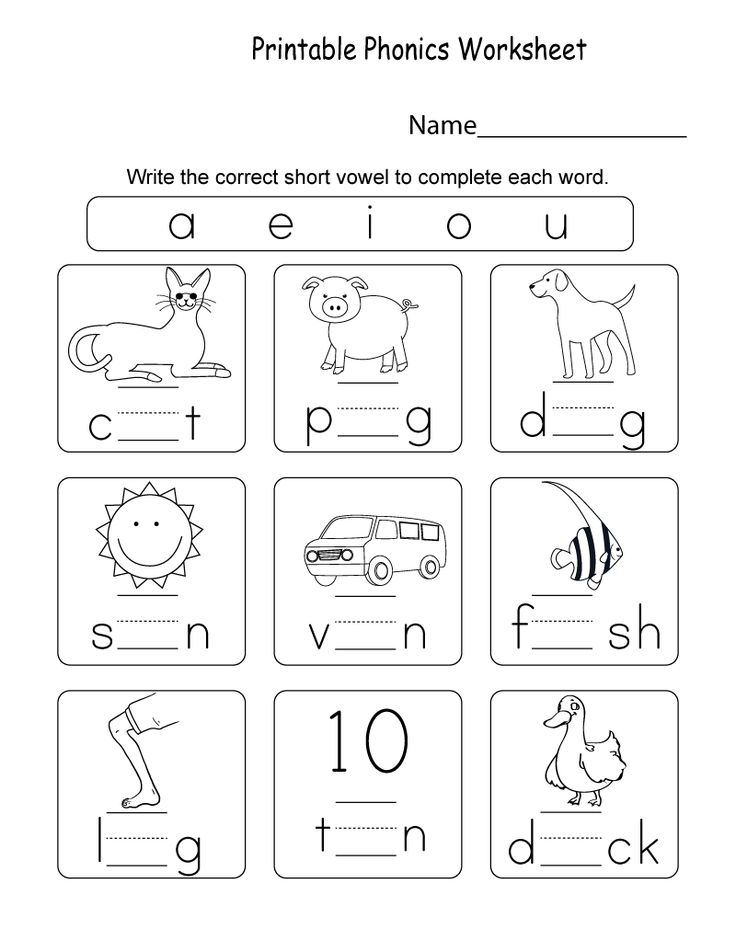 _18 acc. sound
_18 acc. sound
Evgeny's family happily celebrated the housewarming. 23 acc. sound
How many sounds [a] in this tongue twister.
Walks in a black furrow
Raven follows the harrow
And, squinting, pecks quickly
Thrown grains into the ground. _11 sounds
Ability: to distinguish between hard and soft consonants.
Mark the row in which all words begin with a soft consonant.
1)□ unit, stump, tit, cubs.
2)□ bream, beggar, stubble, watch;
Underline the words in which all consonants are soft.
Oven, thicket, chanterelles, things.
Underline the words in which all consonants are hard.
Samovar, belly, figure, oil, mice.
Underline the words that contain the sound [z].
Vityaz, kingfisher, frost, winter, frost, splinter, sled, slide, load, knot.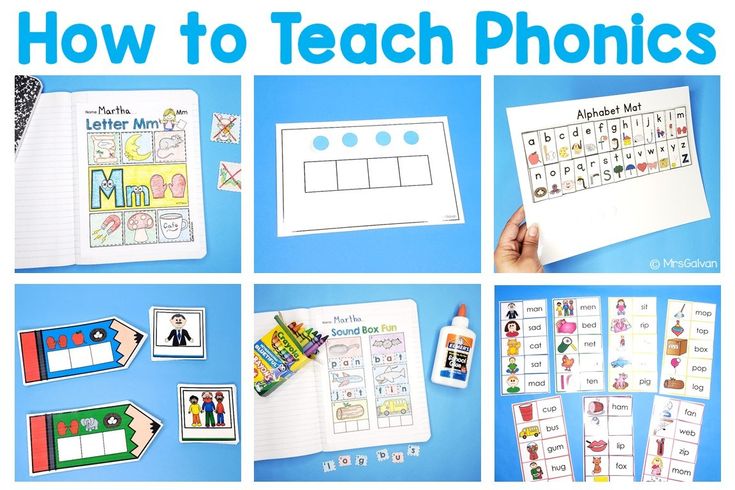
Count how many soft consonants are in the sentence.
Elena Yurievna bought stockings and cups for Yanochka. _15 soft acc. sound
Analyze the consonant sounds in the words, think on what basis these words are chosen and find the extra.
Cup - not all consonants are hard, there is a soft consonant - h
Animal - not all consonants are soft
□ plum
Underline 2 words that have 4 soft consonants.
Married, theft, flowers, little fish, rulers, strong.
Indicate two words in which the number of soft and hard consonants is the same.
□ live
Ira wrote out words in which the number of hard consonants and soft consonants is the same. Mark the words that Ira wrote out erroneously.
□ final
□ dotted
Skill: distinguish between voiced and voiceless consonants, paired and unpaired.
Mark the words in which all consonants are voiced.
□ honey □ lazy □ did
□ Folder □ Chain □ Already Consider the sound composition of these words and find out by what principle the children chose the words, mark the desired answer.
Tanya: kite, collar, made, tree, carrot, ran away.
Vanya: millet, film, Tuesday, flowers, insert, pike.
Answer.
Choice Tanya.
□ all words begin with a voiced consonant
Vanya's choice.
□ all words begin with a voiceless consonant
Analyze the consonants in the sentences. Do they have words with voiced consonants? Underline these words.
The cat sharpens its claws on the mouse.
Our baby bear made porridge from a cone.
Underline in the sentence the words in which all consonants are unpaired.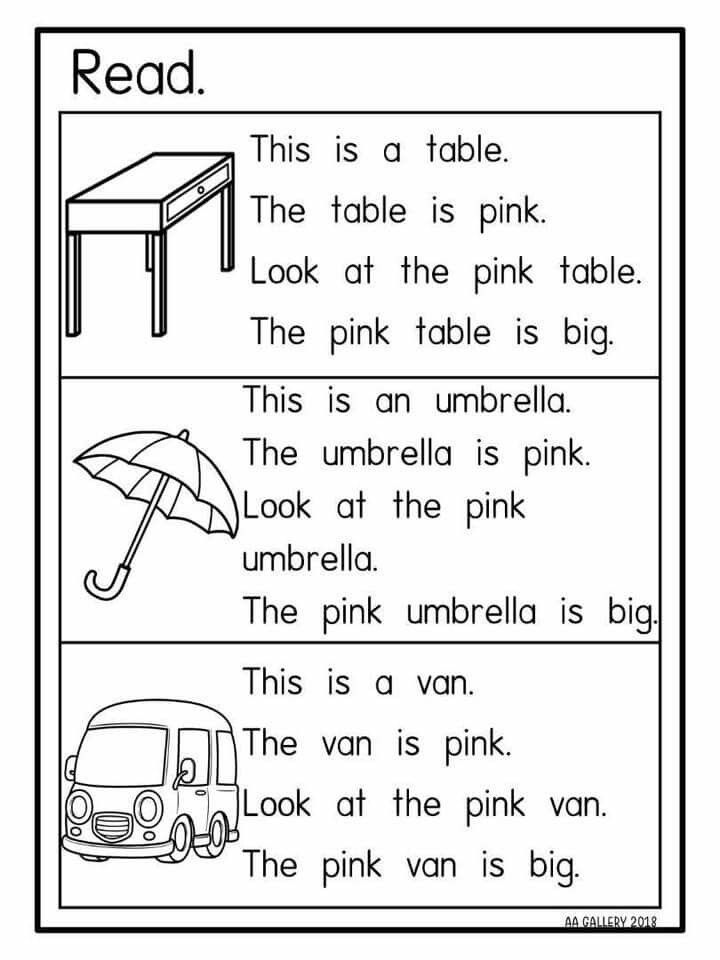
Dairy products rich in calcium are very healthy.
Underline in the sentence the words in which all consonants are paired.
Fluffy dandelions, yellow-eyed daisies and pink porridge sway in the wind.
Skill: characterize a given sound.
Read the words.
Paper, ball, teeth, dove, oak.
Underline the word in which the letter b denotes a sound with the following characteristics, fill in the missing sound: sound composition spruce:
□ the first sound is a soft consonant
□ the second sound is a stressed vowel
Read the words: crust, midge, number, cup.
Underline the word that corresponds to the given sound characteristic:
4 sound - consonant, voiced unpaired, hard paired
5 sound - vowel, unstressed
Read the sound characteristic, analyze the words, cross out 2 words that do not correspond to this sound characteristic.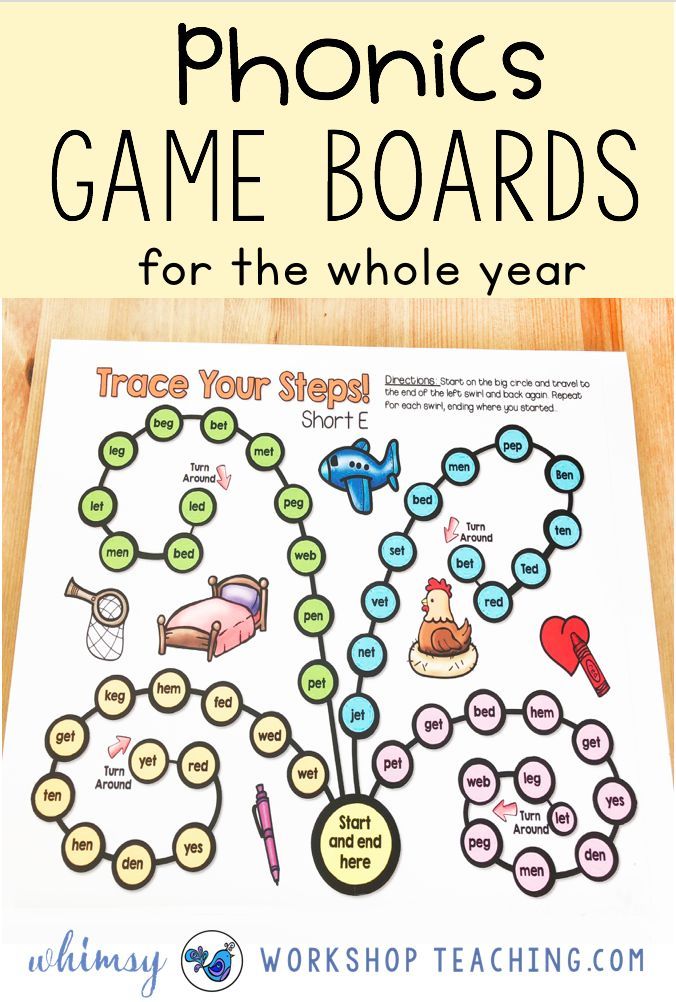
Nolik, hurts, knapsack, prays, ray.
Sound characteristics:
1 sound - consonant, paired hard, unpaired voiced
2 sound - vowel, stressed
3 sound - consonant, paired soft, unpaired voiced
4th sound - vowel, unstressed
5th sound - consonant, paired hard, paired deaf
[ l' and s ' and ]
Skill: group sounds according to a given basis.
Write down these sounds on the desired line:
and ] [in] [e]
Vowels [u] [i] [e]
Consonant voiced sounds [u'] ] [h']
Look at the rows of sounds in each line, cross out the extra one, explain your choice in the line below.
[s'] [u'] [c'] [b'] [g'] [m']
Extra sound [u'] because it is unpaired in hardness - softness
[l] [ m] [g] [r] [b] [c] [n]
Extra sound [ts] because it is deaf voicedness - deafness
Consider the rows of sounds in each line, determine the pattern, continue the line.